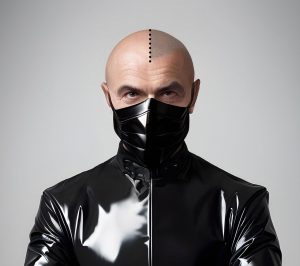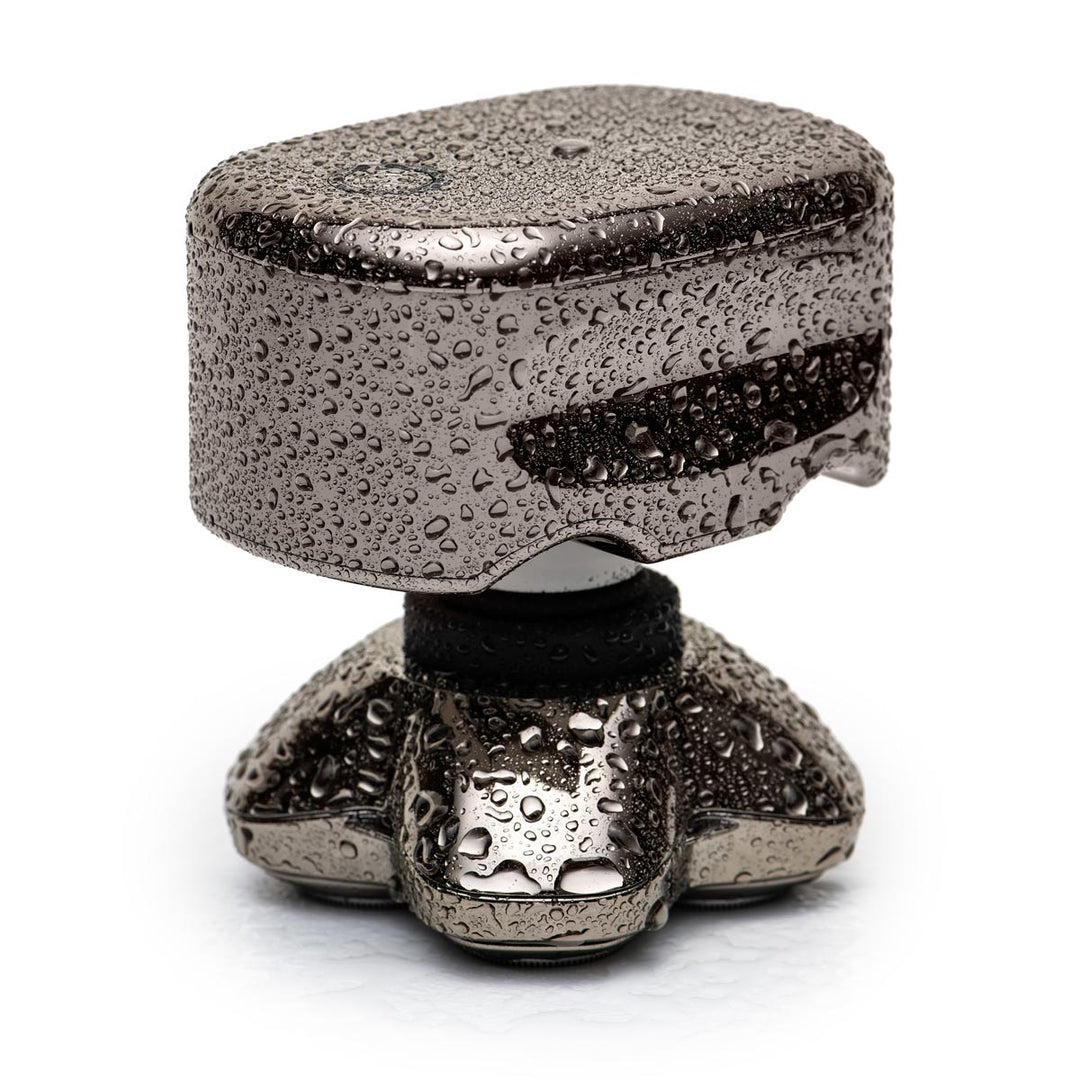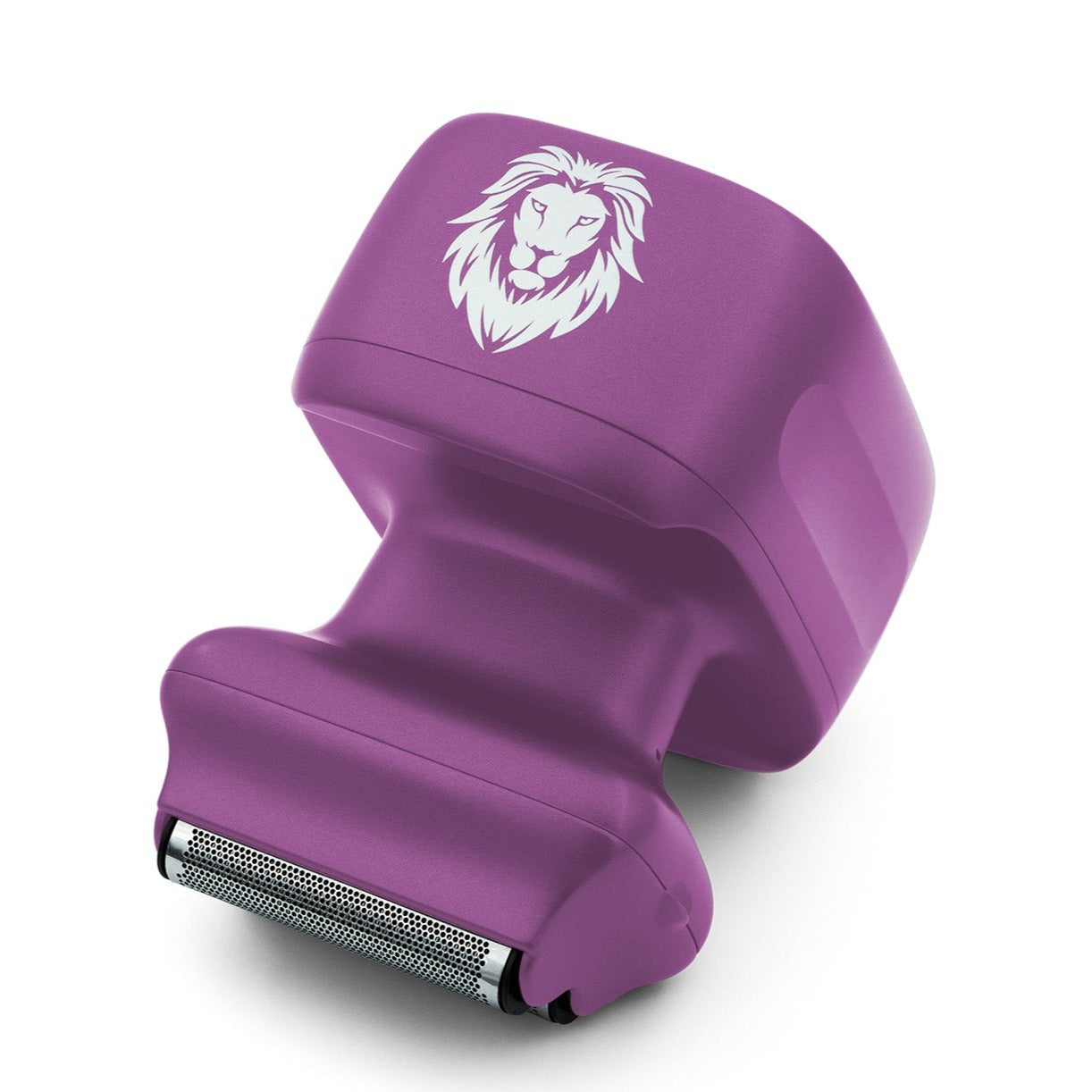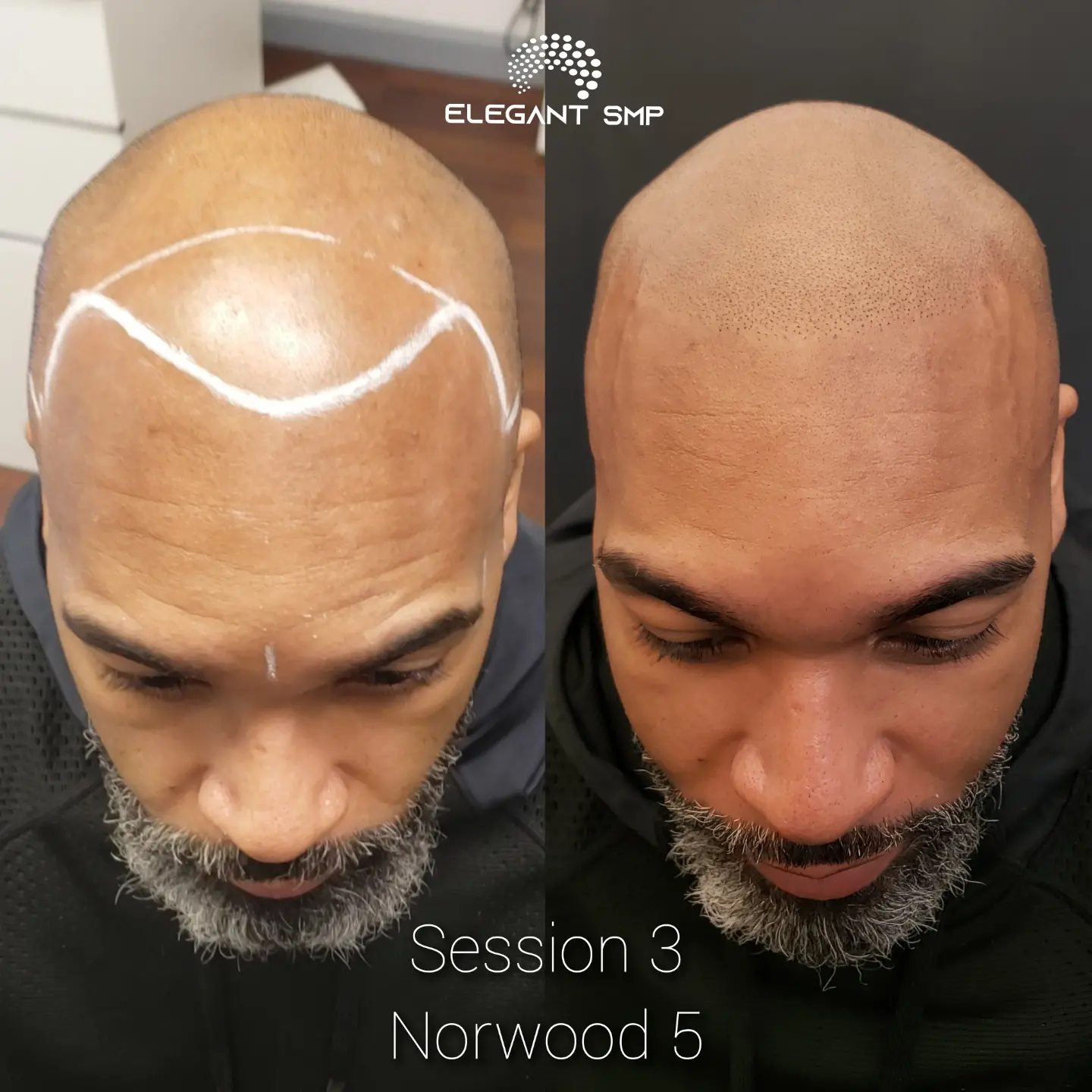Do hats cause baldness? This is an age-old question that still begs for answers, even in the present day. If you’re an avid hat-wearer, you may have undoubtedly come across the rumors that suggest hats could lead to hair loss or receding hairlines. But what is the truth behind such claims?
Table of Contents
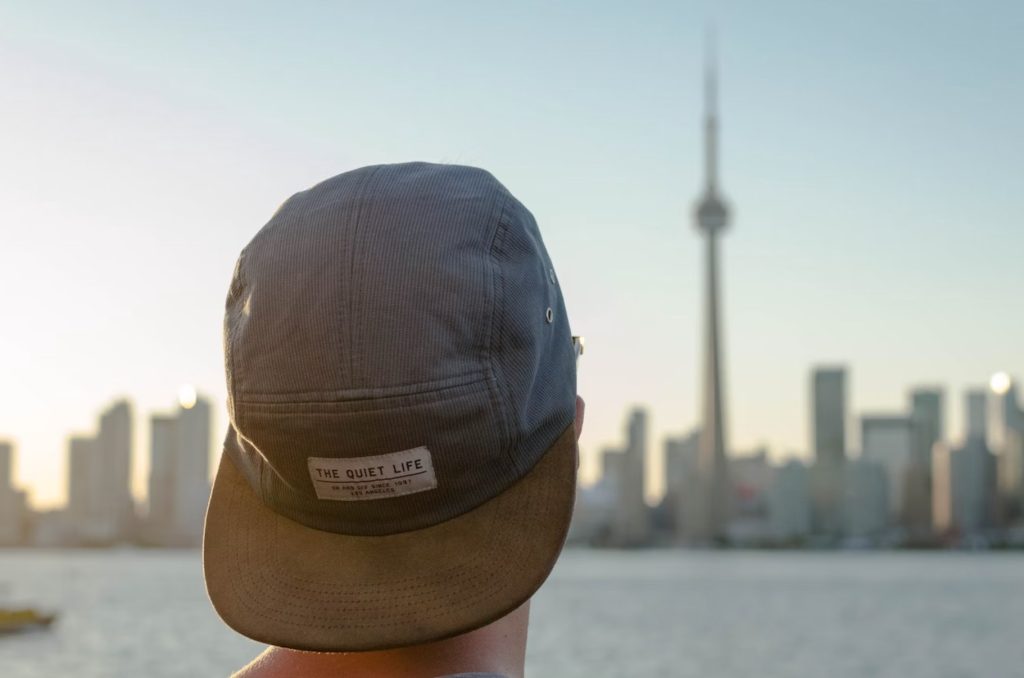
Unveiling the Science: Do Hats Cause Hair Loss?
The answer to this question is a straight no. Multiple studies have been conducted to determine if there is a correlation between donning a hat and having a receding hairline. In truth, however, scientific research has found no direct relationship or causation between baldness or hair loss and wearing a hat.
For instance, one study involving identical male twins sought to discern the environmental factors responsible for hair loss or male pattern baldness. The research found that wearing a hat was not a direct contributor to baldness or hair thinning around the temples.
While hats themselves do not cause hair loss, dermatologists advise hat-wearers to beware of a few things. One example is the danger posed by wearing tight hats too often, especially during the summer months when sweating is the norm- this can lead to inflammation or irritation of the hair follicles. Your hats should fit comfortably and enable proper airflow.
Discovering Traction Alopecia: Is Hat-Wearing a Contributory Factor?
Traction alopecia occurs when repeated and excessive pressure is placed on the hair follicles, leading to hair loss. While tight hairstyles such as braids, ponytails, and dreadlocks are usually synonymous with the term traction alopecia, the role of hats in causing this condition is not conclusive. The earlier study that we mentioned could not find any evidence linking baldness or hair loss to hats.
It’s worth noting that traction alopecia is more common among people of African descent who regularly style their hair tightly. Individuals in careers that require them to maintain strict hair styling such as military personnel, gymnasts and ballerinas could also be susceptible to traction alopecia. Timely detection of traction alopecia can help enable effective hair restoration by removing the source of tension on the hair.
Understanding Other Causes of Hair Loss
Now, suppose you like hats and are concerned about hair loss. In that case, it’s essential to take note of the actual factors that contribute to baldness and hair thinning. Androgenic alopecia, also known as male or female pattern hair loss, is the most common cause of hair loss and primarily attributed to genetic factors. Over 50% of American men over 50 years of age experience male pattern hair loss, while over 38% of women over the age of 70 are affected by female pattern baldness.
Androgenic alopecia occurs gradually over time according to predictably identifiable patterns. In men, the condition features hair loss around the temples or bald spots. Women, on the other hand, typically experience hair thinning along the crown of the scalp. This condition is associated with the hormone dihydrotestosterone (DHT), which causes the hair follicles to shrink and produce shorter, thinner hairs that are much harder to spot in genetically susceptible people.
While there is no known cure for androgenic alopecia, medication treatments like minoxidil (also known as Rogaine) and finasteride (also known as Propecia) have shown promising results in slowing down hair thinning or hair loss when started early. An individual’s healthcare provider or a specialist should offer the prescription to get the medication treatments. Please do your own research and weigh the pros and cons as there are side effects.
Apart from androgenic alopecia, other causes of hair loss to consider include temporary hair loss resulting from high levels of stress or shock to the body known as telogen effluvium. The condition occurs due to situations such as unexpected weight loss, surgery, illness, hormonal changes, medications, or childbirth. Once the underlying stressor leading to the condition is resolved, hair typically regrows.
Some medical illnesses like trichotillomania and alopecia areata may also cause hair thinning or loss. Trichotillomania is a mental disorder characterized by irresistible urges to pull hair from various areas of the body, including the scalp. Alopecia areata, on the other hand, occurs when the immune system mistakenly attacks healthy hair follicles, leading to hair loss. Medical conditions associated with hormonal imbalances, such as thyroid disorders or postpartum hormonal changes, can also contribute to hair loss.
Conclusion
While the claim that hats can cause hair loss may enjoy enduring popularity or wide circulation, it’s simply not true. Reliable scientific studies consistently showed that there is no direct link between hat-wearing and hair loss or baldness. However, keep in mind that wearing a tight hat for extended hours can lead to your hair falling out if the hat is too tight. Tight hairstyles and medical conditions, rather than hats, typically contribute to hair loss.
If you’re already balding, Elegant SMP located in Buffalo, NY can help! Visitors to Buffalo, NY, can also benefit from our guide to the best places to visit and eat as they tour the city while getting their scalp micropigmentation treatment. If you’re considering a solution for your hair loss, think about Elegant SMP, our premium, natural-looking, and undetectable treatment can help you look younger. Contact us today for more information.






